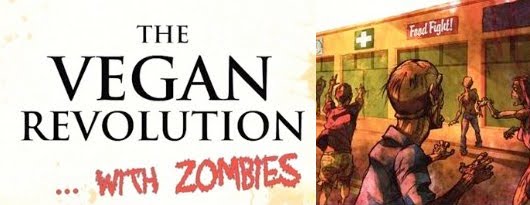Okamoto Kidō: Master of the Uncanny
by Okamoto Kido, Nancy H. Ross (translator)
Paperback, 168 pages
Published October 10th 2020 by Kurodahan Press
In the last couple of years, the growth of the Bizarro fiction as a community has been fun to watch. It really started with a few authors marketing themselves together. At one of the first bizarro cons author, John Skipp and I were having a conversation with one of the younger authors in the community about the centuries-long tradition of weird fiction. While Surrealism is credited to the 1920s the truth is Homer wrote weird fiction, and we know weird stories have always existed.
What I am learning the plenty of cultures have writers like Okamoto Kido who are a part of this tradition. I really need to thank Edward Lippset of Kurodahan Press for sending me this book. I am very familiar with The Tales from a Chinese Studio by Pu Songling written in the 17th century. That book is filled with weird fiction but it is one of the most loved, taught, and read works of Chinese fiction even centuries later.
It is also clear that Pu Slongling is a massive influence on Okamoto Kido whose stories are filled with many of the same ghosts, white-haired demons, weird animals, and haunted objects. It is interesting to think about the fact that these stories were written in the same decades that Weird Tales were publishing Lovecraft.
Okamoto Kido is an interesting dude and the title calls him a Master of the Uncanny I can’t disagree. His history is interesting as the stories themselves. Edward of Kurodahan gives us a good introduction. Born in the late 19th century his father was actually a Samurai. He lived through the Meiji Restoration – the time often credited as the modernization of Japanese society. That said he was well-read in multiple languages and worked for years as an English translator.
He was mostly known for writing plays, but it is his stories that we have here. I can’t tell if all his stories were weird, but they are all delightfully strange here. That may be a choice of the translator or publisher to highlight stories of this style. According to the introduction in Japanese, there is four collections worth of his stories.
This book has twelve stories all of which contain something worth reading. Interesting characters including 19th-century Japanese drifters, Samurai, and blind swordsmen. Even some of the relationships are fascinating as an American reader in the 21st-century stories like The Kiso Traveler. This opening tale has a ghost drifter but the relationship of the father and son in the Meiji Restoration era is what fascinated me.
The stories with haunted flutes and phantom monkey eyes that mysteriously watch the characters are creepy. The Monkey’s eyes will remind serious horror short story readers of The Monkey the cover story of Stephen King’s collection Skeleton Crew. The stories all work well and are great examples of fear of being a universal language. The story that I thought was the best was the Shadow Stepping game.
The Stepping Game is a super paranoid tale of a woman O-Seki who becomes scared that if something happens to her shadow it will happen to her body. She becomes worried to even cast a shadow. This was my favorite story in the collection and one that would make a great episode of Something like Creepshow, or a Night Galley type horror anthology show.
I think this book and Tales from a Chinese Studio are must-reads for readers serious about experimental, surreal, and bizarro fiction. I also think if you are serious about horror fiction in the short form this book should be a part of your education. I thought this was both an education and an entertainment experience. Big thumbs up.


No comments:
Post a Comment